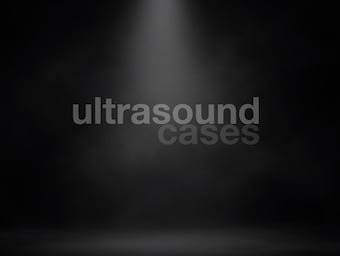
Funtabulously Frivolous Friday Five 090
In the 90th FFFF you will develop a new found fear of caterpillars, be mystifed by Obecalp, puzzle over what over 70% of antibiotics are used for in the good ole USA, weigh up the framing effect and undergo surgery in 1945 with an unusual implement...










